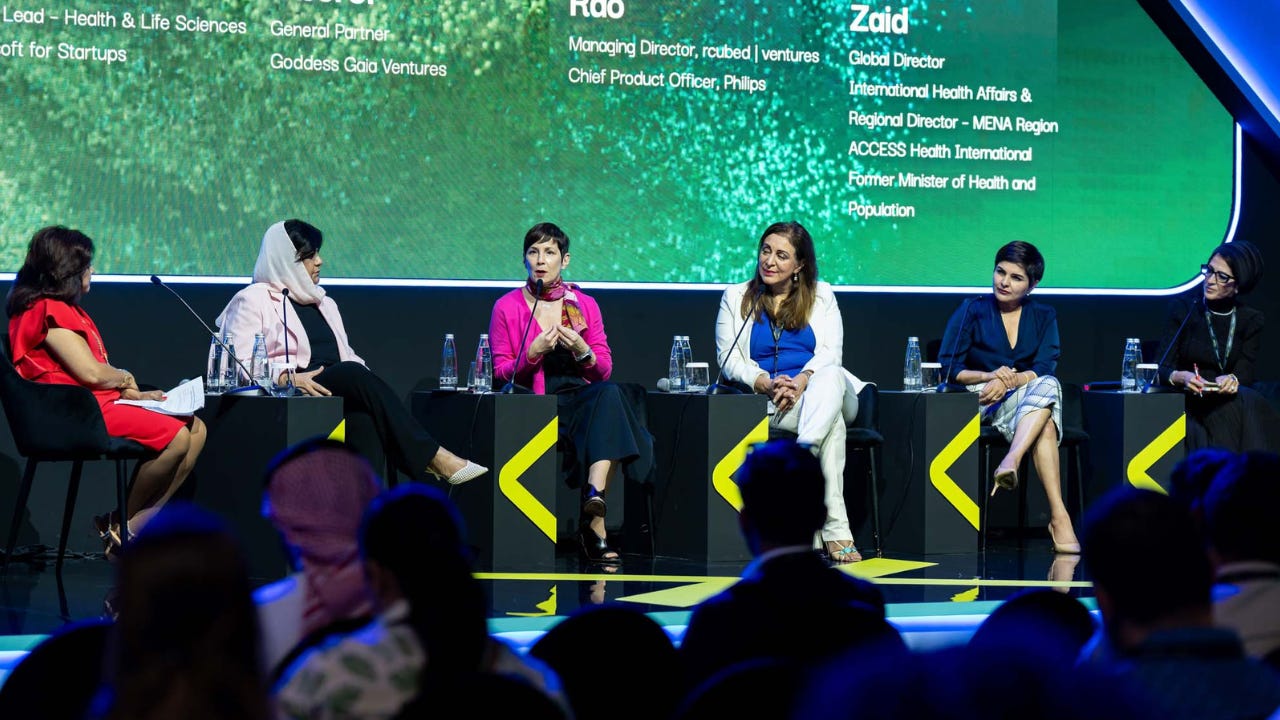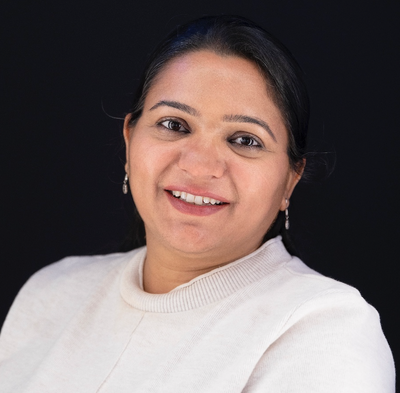Investment opportunities worth billions await in women’s health
An all-women panel at WHX Tech discusses why innovation in women’s health still struggles to scale and also identifies where the biggest opportunities lie.

“The world and healthcare were created in a patriarchal way for men, and now we’re trying to change that,” said Reenita Das, Partner and Senior Vice-President at Frost & Sullivan, as she opened a panel discussion at WHX Tech titled, How women are rewriting the rules of health innovation and investment.
Progress has been made in women’s health space. Change is visible in national initiatives, new associations are being forged, and billion-dollar valuations are no longer rare. Yet the scale of expansion of the health industry for women remains stubbornly elusive, with revenues and capital still overly concentrated in the US and research skewed towards reproduction rather than the conditions that disproportionately affect women across a lifetime.
Lack of risk capital
Priya Oberoi, General Partner at Goddess Gaia Ventures, put the funding gap in stark terms. “We only have seven funds in the world, all sub-$100 million, for a trillion-dollar TAM (total addressable market). Government money is wonderful, but it’s grant-based. What’s missing is risk capital; the kind that scaled Revolut or Klarna.” Without it, she argued, good companies plateau instead of breaking out.
From the start-up frontline, Microsoft for Startups’ health lead, Sally Ann Frank, urged investors to look at the returns as well as the rhetoric. “The return on investment in femtech is at least three-to-one, and often higher. When women go without care, productivity collapses. Improving women’s health improves societal health.”
Structural, cultural and regulatory headwinds
Saudi clinician-founder Prof Dr Selwa A. F. Al-Hazzaa welcomed momentum under Saudi Arabia’s Vision 2030 but pointed to barriers that bite everywhere: “Venture capital is still male-dominated; the bias is conscious. The barriers are structural, cultural and systemic.” Regulation looms especially large in healthcare, where privacy and safety are paramount. “Finance and health are the two sectors you cannot afford to get wrong.” For data-driven start-ups that means navigating overlapping authorities and long, expensive validation cycles.
Oberoi added a hard economic snag: “Women’s health reimbursements just aren’t at the same level as men’s. If you’re not going to get paid, there’s no incentive to build.” Until payers rebalance tariffs, innovation will continue to be mispriced and under-supplied.
The cost of inequity and why it’s bad economics
Rashmi Rao, Managing Director at rcubed Ventures and Chief Product Officer at Philips, reframed the debate as public-health maths. “Women live five to six years longer, yet spend, on average, 12.4 of those years in poorer health, often right in their peak productive years, 25 to 45.” Women make the majority of household purchases and perform most caregiving. “I don’t subscribe to the word ‘femtech’. This is generational health. Close the gendered health gap and you create a public good for all.”
H.E. Dr Hala Zaid, former Egyptian Health Minister and now Regional Director (MENA) at ACCESS Health International, argued budgets must reflect that reality. “As long as health and education expenditure for women is not equal, nothing will move.” During her tenure, screening for breast cancer was expanded alongside social policies linking health outreach to jobs and skills. “With work, women secure income, improve their health and their family’s.”
AI could be an accelerant, if the data includes women
If the past 25 years of women’s health research lag, could AI compress the next 25? Oberoi was unequivocal: “Our next fund is focusing on AI in healthcare. Systems are crumbling; AI is essential to bring equity.” She sees immediate gains in mining trial data for female-specific patterns, drug discovery tuned to sex-based differences, and better treatment pathways.
Frank highlighted the critical importance of lightweight diagnostics and phone-based biometrics that meet patients where they are. “Even in developing markets, people have phones. AI helps scale expertise across distance.”
Al-Hazzaa offered a vivid case study from rural Saudi Arabia: AI-enabled retinal imaging for diabetes complications deployed through charity centres. “A nurse takes a photo; within a minute two reports are generated: one for the doctor, one in Arabic for the patient.” The programme has delivered 35,000 free exams with around 97% sensitivity, shrinking specialist backlogs while building a 500,000-image dataset to expand into glaucoma, atrial fibrillation, stroke and Alzheimer’s signals. “We’re taking medicine to the patient, not the other way round.”
Das noted grassroots data can be just as powerful. Her organisation is collating information from a 100,000-strong WhatsApp menopause community in India, which is being turned into structured signals for an AI platform. “It’s simple, lived data, now made actionable.”
Where the investment opportunities lie
When asked about the biggest near-term opportunities, the panellists cited mental health, especially for underserved workers, teenage girls and peri- and post-partum women. “We live in a more anxious world; we need solutions to counter that,” said Oberoi.
Rao mentioned the importance of screening at scale, from breast to colon cancer, with culturally attuned models for the Gulf. She also talked about autoimmune disorders: “One in three; a humongous burden that disproportionately hits women.”
Pregnancy-related conditions, too, were seen as a top investment opportunity. “Let’s normalise the burden of pregnancy and study it properly,” urged Rao, adding perspective from the US health industry where pregnancy is too often normalised and under-studied, with severe risks amplified for women of colour.
Prevention and longevity is another area worth backing, where data, genomics and digital twins can shift healthcare from “break-fix” to wellness, noted Frank.
Al-Hazzaa pointed to Saudi Arabia’s new longevity authority and said, “Extend life quality-wise, not just year-wise.”
Lastly, sports and women’s performance health were identified as a fast-rising, highly engaged wedge from elite athletes to population health.
The all-women panel concluded with the observation that the next power shift in health innovation will not come from a shiny device, but from capital finally recognising that women’s health is not a niche – it is the backbone of a healthier economy.

WHX Tech
Sep 14, 2026 TO Sep 16, 2026
|Dubai, UAE
Join us at WHX Tech in Dubai—where digital healthcare innovation meets real-world impact. WHX Tech brings together healthcare leaders, tech innovators, and investors to tackle the industry's biggest challenges and shape the future of healthcare.


